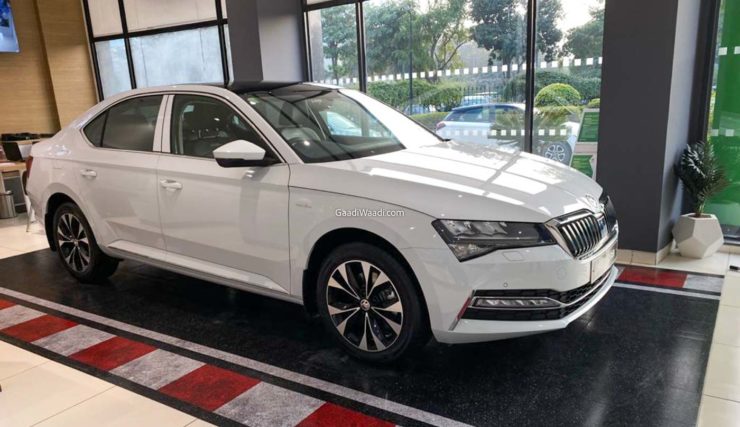
Skoda Auto India will reportedly stop the production of the Superb and Octavia sedans in the domestic market by February 2023. The volume sales of these two premium sedans will end on March 31, 2023 and thus they will be discontinued in just over seven months’ time. The second phase of the BSVI emission standards comes into effect from April 1, 2023 onwards.
It has been said that the existing EA888 evo3 DQ381-7F drivetrain will have to be replaced by the evo4 engine in order to meet the more stringent emission regulations. The Phase 2 will require car producers to achieve the required emission targets in RDE (Real Driving Emissions) conditions and bringing in the evo4 for a single market might prove to be costly reportedly.
The other possible choice would be the EA888 evo4 DQ381-7A drivetrain (A stands for all-wheel-drive) found in Russia but it had been rejected for India considering the fuel economy and prices involved as the volume sales of both the Superb and Octavia would be low. This particular unit developed by Audi AG will be used by Kodiaq and Tiguan SUVs instead from February 2023.
If the report turns out to be true, the exit of Superb and Octavia would leave Skoda and Volkswagen with three offerings each from April 2023 (Skoda Kodiaq, Skoda Kushaq, Skoda Slavia, VW Taigun, VW Tiguan and VW Virtus). It must be noted that the Kodiaq and Tiguan are already sold in the Indian market in limited batches based on the demand requirements.
Skoda assumed responsibility for the India 2.0 project with a huge investment of more than one billion euros and under which, the heavily localised MQB A0 IN modular architecture has come by. It currently underpins the Kushaq, Taigun, Virtus and Slavia. All these four models are powered by a 1.0-litre turbo petrol and a 1.5-litre turbo petrol engine.
The former produces a maximum power output of 110 PS and 175 Nm of peak torque while the latter kicks out 150 PS and 250 Nm. They are paired with manual and automatic transmissions.
This website uses cookies.